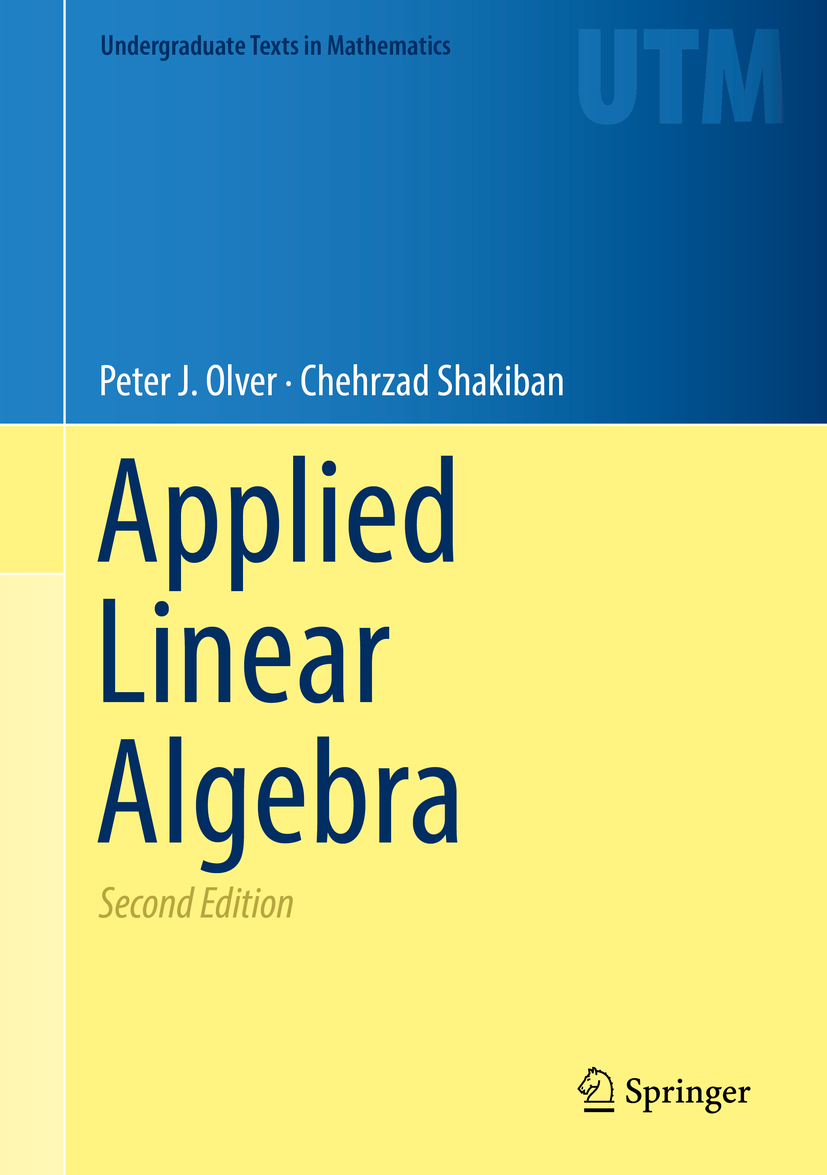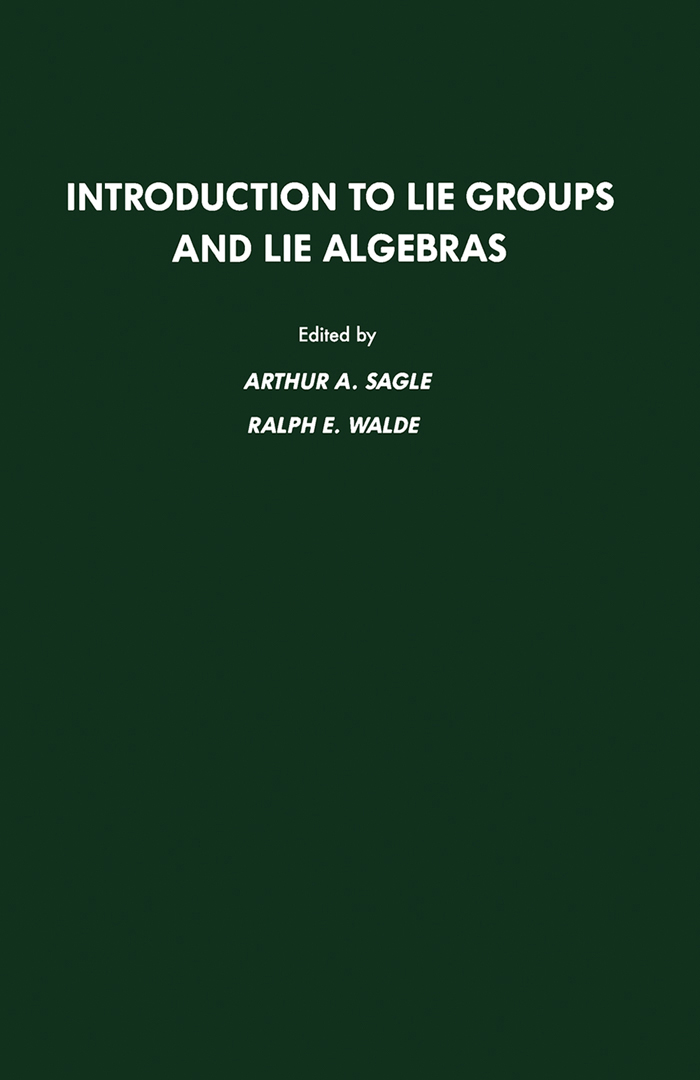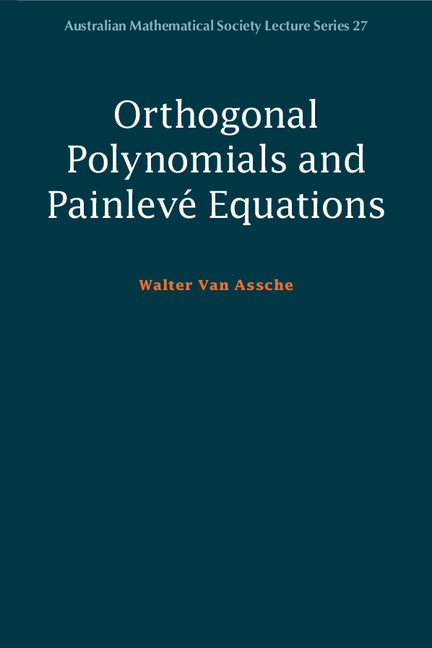
- Browse Category
Subjects
 We Begin at the EndLearn More
We Begin at the EndLearn More - Choice Picks
- Top 100 Free Books
- Blog
- Recently Added
- Submit your eBook
password reset instructions

An accessible and clear introduction to linear algebra with a focus on matrices and engineering applications
Providing comprehensive coverage of matrix theory from a geometric and physical perspective, Fundamentals of Matrix Analysis with Applications describes the functionality of matrices and their ability to quantify and analyze many practical applications. Written by a highly qualified author team, the book presents tools for matrix analysis and is illustrated with extensive examples and software implementations.
Beginning with a detailed exposition and review of the Gauss elimination method, the authors maintain readers’ interest with refreshing discussions regarding the issues of operation counts, computer speed and precision, complex arithmetic formulations, parameterization of solutions, and the logical traps that dictate strict adherence to Gauss’s instructions. The book heralds matrix formulation both as notational shorthand and as a quantifier of physical operations such as rotations, projections, reflections, and the Gauss reductions. Inverses and eigenvectors are visualized first in an operator context before being addressed computationally. Least squares theory is expounded in all its manifestations including optimization, orthogonality, computational accuracy, and even function theory. Fundamentals of Matrix Analysis with Applications also features:
- Novel approaches employed to explicate the QR, singular value, Schur, and Jordan decompositions and their applications
- Coverage of the role of the matrix exponential in the solution of linear systems of differential equations with constant coefficients
- Chapter-by-chapter summaries, review problems, technical writing exercises, select solutions, and group projects to aid comprehension of the presented concepts
Fundamentals of Matrix Analysis with Applications is an excellent textbook for undergraduate courses in linear algebra and matrix theory for students majoring in mathematics, engineering, and science. The book is also an accessible go-to reference for readers seeking clarification of the fine points of kinematics, circuit theory, control theory, computational statistics, and numerical algorithms.
Less
- Publication date
- Language
- ISBN
- April 6, 2016
- eng
- 9781118996348




























